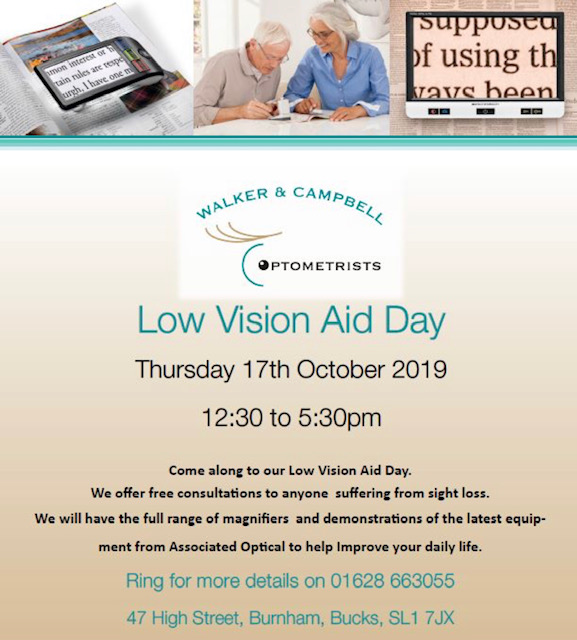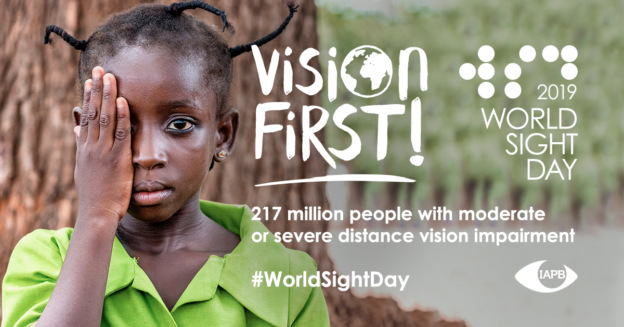Today (10th October 2019) is World Sight Day. Created by the International Agency for the Prevention of Blindness, the aim of the day is to focus global attention on blindness and vision impairment.
Did you know that an estimated 1.3 billion people live with some form of vision impairment? That’s enough to fill Europe, Russia, Japan, Indonesia AND Australia!
Did you know that over 75% of vision impairment can be avoided?
Below we highlight some of the avoidable eye diseases that are all too common, and how to spot and treat them:
Ageing
For those over 40 years of age, the eyes will more than likely show signs of ageing. Usually, people will develop long sightedness or cataracts, which are both very common.
If you’re experiencing clouded or blurry vision, then book an eye test to ensure you catch cataracts in their early stages.
There are more serious eye diseases that are related to age, including Diabetic Retinopathy, Glaucoma and Age-Related Macular Degeneration.
To help in preventing these diseases, make sure to follow our tips to keep your eyes healthy for as long as possible.
Glaucoma
Glaucoma is the third leading cause of blindness globally. Although glaucoma is avoidable, it is on the rise and it’s predicted that by 2020, there will be approximately 80 million people with glaucoma. That’s a rise of 20 million since 2010.
Symptoms of glaucoma include seeing rainbow-coloured circles around some bright lights, blurry vision, and severe eye and head pains. If you experience any of these symptoms, then book an appointment for an eye examination.
You can lower your risk of glaucoma by maintaining a healthy weight, not smoking, and getting regular and comprehensive eye exams.
Diabetic Retinopathy
It’s estimated that 422 million people are living with diabetes. Due to less nutritious food and more sedentary lifestyles, obesity is on the rise, and with it diabetes.
Living with diabetes means that you have a higher risk of various eye diseases. 1 in 3 people with diabetes have some level of Diabetic Retinopathy. If left untreated, it can lead to vision loss.
Symptoms of Diabetic Retinopathy include fluctuating vision, spots or dark strings appearing to be floating in your vision, and dark or empty spots in your vision. Prevention of this disease involves keeping your blood sugar levels, blood pressure and cholesterol under control.
You can do this by eating a healthy, balanced diet, exercising regularly and keeping alcohol intake to the recommended limits.
If you notice any symptoms of Diabetic Retinopathy, then immediately book an appointment for an eye exam.
The list of preventable eye disease could go on, but the common theme for prevention remains the same. Take care of yourself, live a healthy lifestyle where possible and remember to always protect your eyes. We have more information on specific eye conditions here, but if you have any concerns then book an eye examination with us today.
Other News
We are hosting a Low Vision Aid Day on Thursday 17th October, from 12.30pm – 5.30pm. At the event, we will have Ian from Associated Optical providing live demonstrations of their latest magnifiers and other equipment.
Additionally, we will have a member of BucksVision in the shop in the afternoon, who will be answering any questions about their services. BucksVision is a non-profit charity, working in association with the RNIB to help support people with Sight Loss.

If you’d like to know more, give us a call on 01628 663055

